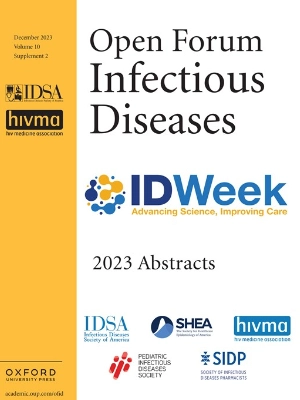Purwono Purwono; Anggit Wirasto; Retno Agus Setiawan; Deni Nugroho Triwibowo; Irfani Zuhrufillah; R. Bagus Bambang Sumantri; Supriyatin Supriyatin. AIP Conference Proceeding s2706, 020183. (2023).
Abstract.
Premature birth and even deaths are caused by maternal congenital such as diabetes or other diseases. Normal birth can be attempted if the mother’s health continues to be monitored. Monitoring can be done with electronic fetal monitoring, part of the electronic health record (EHR). The increasing use of EHR results in healthcare big data. This data can be analyzed with machine learning to find new patterns that are useful to science. Fetal health is an area that can be analyzed using machine learning. This study uses a prediction technique to determine the relationship of features that affect the health condition of the fetal with the feyn qlattice regression model. The features analyzed were fetal movements, uterine contractions, light decelerations, and severe decelerations. Feyn QLattice produces the most potential models in the severe decelerations feature, which is 17227 models. The fetal movements training validation test resulted in R2 values of 0.582, RMSE 0.773, and MAE 0.685. Features uterine contractions R2 -0.183, RMSE 0.668 and MAE 0.573. Features light decelerations R2 -0.421, RMSE 0.732 and MAE 0.566 and features severe decelerations R2 -1.27, RMSE 0.925 and MAE 0.859. Validation test for fetal movements R2 -0.617, RMSE 0.781, and MAE 0.69. Features uterine contractions R2 -0.196, RMSE 0.672 and MAE 0.576. Features light decelerations R2 -0.488, RMSE 0.749 and MAE 0.566 and features severe decelerations R2 -1.276, RMSE 0.924, and MAE 0.861.












